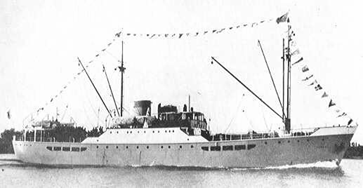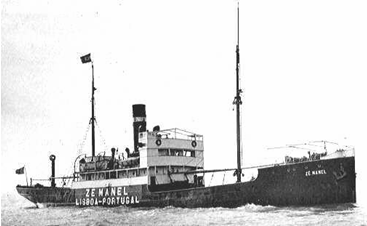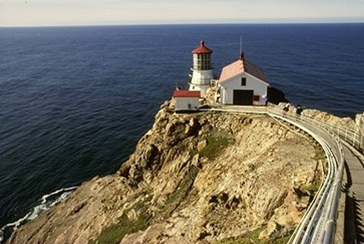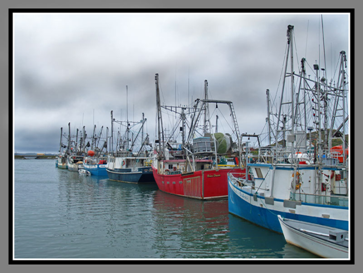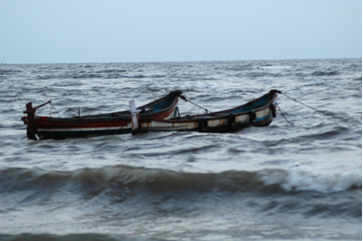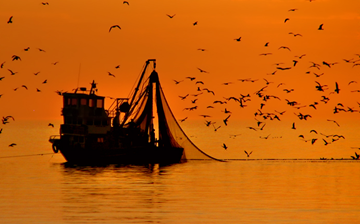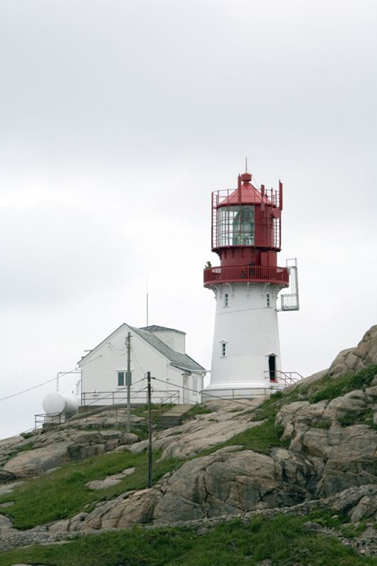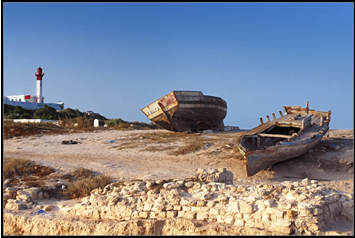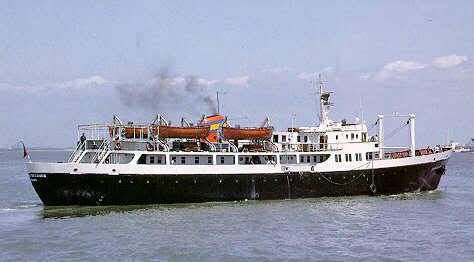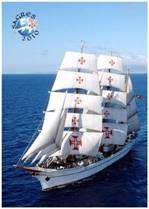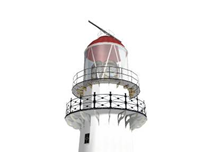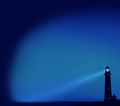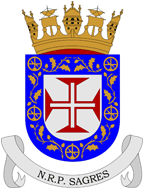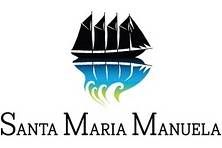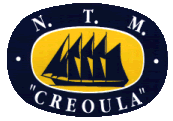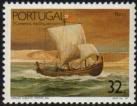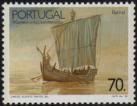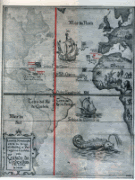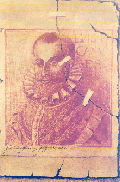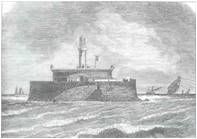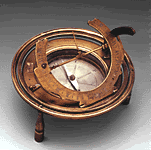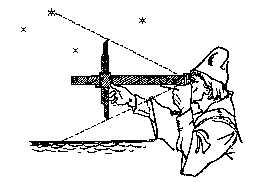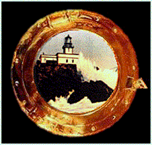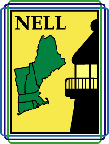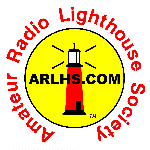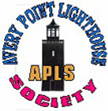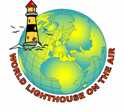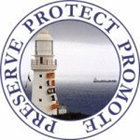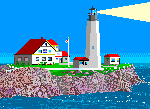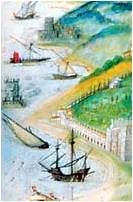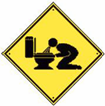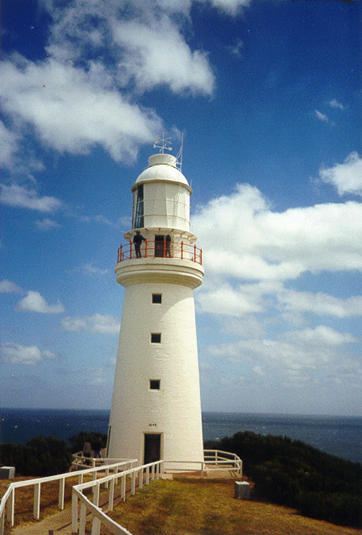
For many 19th Century immigrants, Cape Otway was the first land sighted after leaving Britain five months and 15,500 km earlier. The 84 kilometre gap between Cape Wickham on King Island and Cape Otway is known as the "Eye of the Needle", and is the Western entrance to Bass Strait.
Due to concern over shipwrecks on the Bass Strait coast and King Island, pressure was exerted on the government to build a lighthouse at Cape Otway. Construction was begun by a local contractor in 1846. Access was a problem in establishing the lighthouse and after three attempts the Cape was finally reached by land. A site was selected and after great difficulty a road was cut. Construction was taken over by the government in 1847 and completed in 1848.
The lighthouse is constructed of sandstone quarried from Parker River 5 kilometres away, is 20 metres high and sits on a cliff 100m above sea level. It was the second lighthouse constructed on mainland Australia.
Initially it had 21 parabolic reflectors, each with its own wick burning sperm whale oil. These were rotated by clockwork and it gave a single flash lasting 3 seconds every 53 seconds, which threw a beam 22 kilometres. Kerosene was later used to keep the light burning. Later changes included diesel generators, electricity, radio and global positioning satellites.
In 1859, one of the earliest telegraph stations in Australia was added to the facility, soon connecting Tasmania to the mainland through Cape Otway and Melbourne.
The Cape Otway Lighthouse was the oldest operational lighthouse with unbroken service on the mainland Australian coast until it was decommissioned in January 1994, with the introduction of satellite navigation systems, including a small solar powered beacon. At the beginning of 1997, the Lightstation was leased to a local company, to operate for tours and accommodation. Cape Otway celebrated 150 years of existence in August 1998.
Location: 38°51'S 143°31'E
Nearest Town: Apollo Bay
Operator: Australian Maritime Safety Authority
Built: 1848
First Lit: 29 August 1848
Automated: 1993
Deactivated: January 1994
Structure: Round sandstone tower, painted white
Open to public: Yes - entry fee
Access: Sealed road
Accommodation: Yes - Lighthouse Keepers buildingsLighthouses of VictoriaGeocities
